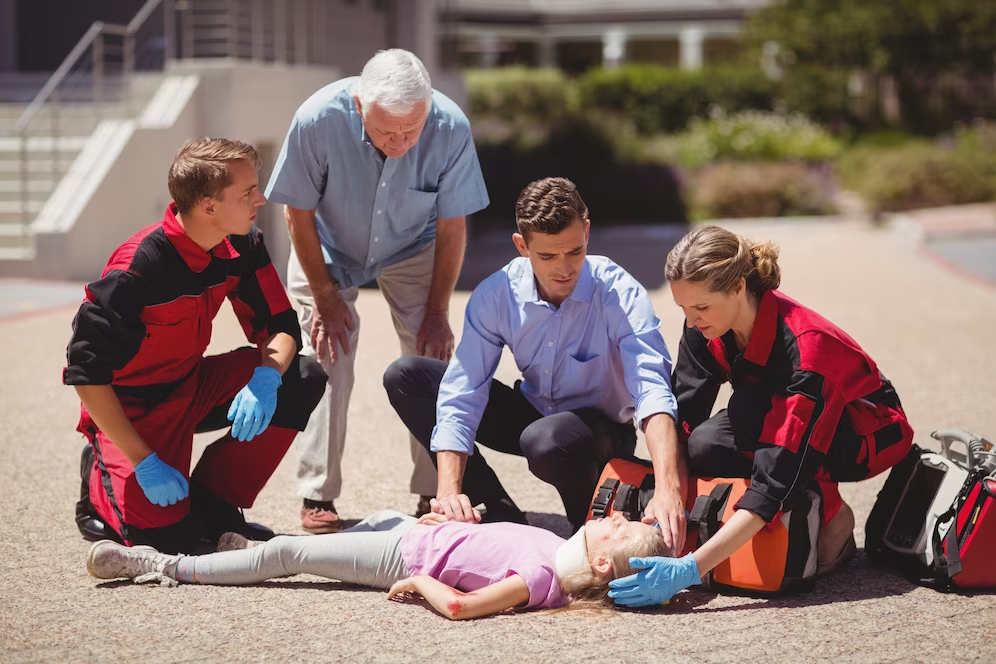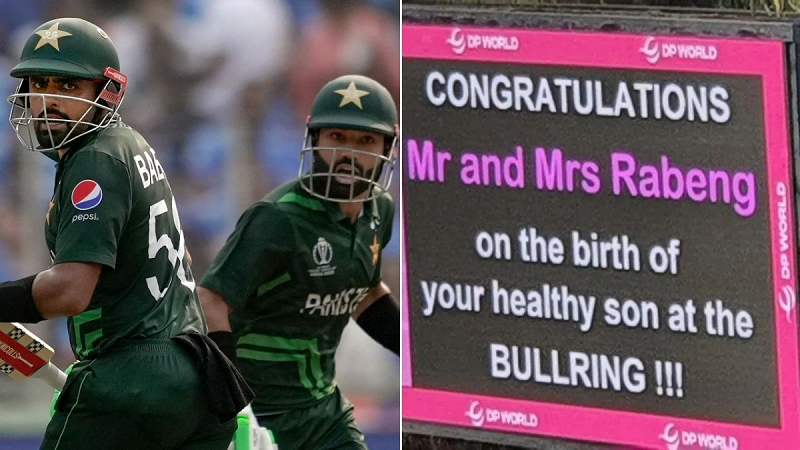These days, cases of heart attack are increasing rapidly. The increasing risk of heart attack in people at a young age is becoming a serious problem. In the last few years, people under 40 years of age have died due to heart attacks. In most of the cases, people active in gym and fitness have suffered heart attacks. Experts emphasize the need to take special precautions to prevent the problem of heart attack. It is not that a person dies immediately after a heart attack. Due to not getting timely treatment, the patient reaches a life-threatening condition. Therefore, along with knowing the measures to prevent heart attack, one should also know about the immediate treatment to be given in case of heart attack, so that the patient can be saved in time.

An example of this was seen in Gwalior, Madhya Pradesh when a person suddenly had a heart attack while walking on the road. Due to a heart attack, the person fell on the road, when a lady sub-inspector immediately reached the spot and saved the person's life. The lady sub-inspector immediately gave CPR to the patient. Later he was admitted to the hospital, where he received proper treatment. There is a case from Mexico, where there is a person named Andres Moreno, who was very overweight. His wife left Andres because he was overweight. Due to increased weight and mental stress, Andres Moreno suffered a heart attack and died.
CPR is an effective way to save the life of a patient after a heart attack. In many cases, it was found that the life of the patient can be saved by giving CPR after a heart attack. Let us know how the Gwalior Sub Inspector saved the life of a heart attack patient through the speaker. How can CPR be given and how effective a treatment can it prove to be?

What is CPR?
CPR stands for cardiopulmonary resuscitation. This is a life-saving technique, which is effective in emergencies like heart attacks. When the patient has a heart attack or is not breathing after drowning in water, CPR is given in such situations. Blood and oxygen can be circulated in the patient's body through CPR.
How to give CPR?
Cardiologists say that by giving CPR with the right technique, the patient's life can be saved. This is an essential measure of treatment at the initial stage after a heart attack. With this, the risk of death due to a heart attack can be reduced to some extent.
Experts say that there is a special technique to give CPR. In case of heart attack, chest compressions are done at the rate of 100-120/minute. To do this process, join both hands in such a way that the lower part of the palm comes on the chest. Then place the palm on the lower half of the center of the chest and press. Compress the chest by 5 cm. Take care not to apply pressure too fast.
What happens after giving CPR?
Cardiologists say that the process of CPR, helps the heart to pump blood artificially, and oxygenated blood starts reaching the body parts. Heart attack affects the functioning of the heart. The circulation of blood and oxygen gets disrupted. Through CPR technique, an attempt is made to maintain blood flow throughout the body by compressing the chest.

What to do immediately after CPR?
If CPR is given after an emergency such as a heart attack, it is very important to contact a specialist immediately after. CPR is not a cure for heart attack, but an emergency measure to artificially maintain blood circulation in the body.
(PC: Freepik)










